Interview With Jotaro Yoshida of LOCUS GEAR
Prior to beginning my traverse of the Japanese Alps this year, I had the chance to visit Jotaro Yoshida, founder of LOCUS GEAR at their headquarters in Japan’s Kanagawa Prefecture, just outside of Tokyo.
LOCUS GEAR is a small gear manufacturer, based in Japan, that specializes in lightweight backpacking shelters. They recently released the world’s first freestanding Dyneema tent which you can check out below:
For everyone unfamiliar with who you are, please tell us, who are you and what do you do?
I am Jotaro Yoshida and I am the founder of LOCUS GEAR, a company I founded eight years ago. I am an average hiker who hasn’t done any long-distance trails like the PCT; most of my hikes are around a week to ten days. I am also a fisherman, mountain biker, and a designer. I’m originally from Kyoto and was born near Arashiyama which is a beautiful place near the mountains where I used to explore when I was younger. In fact, I used to go into the mountains by myself at night when I was as young as ten to hunt for beetles.

What’s your background and how did you come to start LOCUS GEAR?
After I graduated from university I got a job and moved to Osaka where I didn’t have much time for the outdoors. After six years of work, I started my own company with a friend and became extremely busy with work. I got into surfing and one day I met a Canadian surfer who worked as a mountain guide in the Rockies. He invited me out into the mountains [in Japan], and it was on this trip that all of my childhood memories of nature and the mountains came back to me.
I realized that I wanted to be connected more to the mountains and I began hiking, fishing, and spending more time outdoors. American hiking culture interested me because of all the long-distance hikers who seemed to be making their own gear. And then one night, my grandfather came to me in a dream and asked me, “Why don’t you make your own tent?” I already had experience with 3D modeling and AutoCAD, so I designed and produced my first tent, out of tyvek, and posted it to a backpacking forum where I got a lot of positive feedback.
Some Japanese hikers came across my post and one wanted to check out my tent here in Japan. I met him and then he introduced me to the very niche ultralight community in Japan. Eventually, someone suggested that I sell my tent, but, at the time, I couldn’t imagine becoming a tent manufacturer. But people insisted on buying my tents and so I ended up creating a blog where I sold my tents to a small number of hikers. However, the demand for my tents grew much more quickly than I ever could have imagined. There isn’t a lot of ultralight gear made in Japan so it was very popular in the Japanese ultralight community.
I talked to my wife about making tents as a full-time job, and before we knew it we had more demand that we could handle and I had hired seven people to help with production.
Do you still manufacture that original tent that got everything started?
Yes, but a much nicer and slightly modified version from that original tent I made. The tent is called the Apollo and it’s a two-person, monopole shelter with an octagonal base.
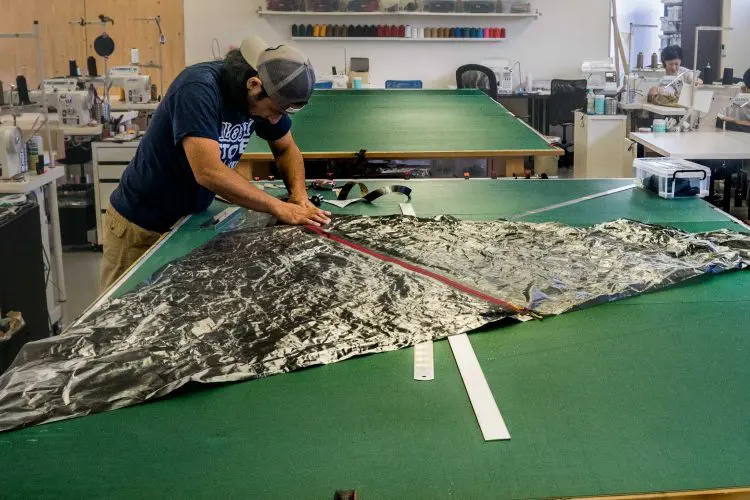
Do you make everything here in Kaangaga [Japan]?
This year we began outsourcing some of our work because our productivity is very limited but we have a lot of demand. In peak season, people were having to wait eight to ten weeks for their shelters to be made. So we decided to create both standard and custom models. I found the best factory I could in China to produce the standard models, but we still produce all custom models here in Japan.
With the standard models, we are also able to produce and then sell them at wholesale prices so we’ve been able to get our tents into backpacking shops across Japan. Most of our customers prefer custom builds, but for those who don’t want to wait or who don’t need any modifications, I think the standard models have been good additions to our lineup. That said, nearly everything built with Dyneema is still made here in Japan.
The Djedi is your new (and first) freestanding shelter – and also the first freestanding Dyneema shelter. How long has that been in development?
The Djedi is something I’ve been wanting to build for four years. I made the early prototypes with tyvek, but what I really wanted to build was a freestanding tent with Dyneema. I wanted to build a single-wall tent so I knew that I needed a material that was going to breathe well.
When I began development of the Djedi, I was looking at many different three-layer fabrics to try to maximize breathability, waterproofness, and weight. But the problem was that many of these materials were quite heavy – almost double that of regular silnylon and almost triple the weight of Dyneema. At this time there was no breathable Dyneema fabric on the market. Then, three years on, the first breathable Dyneema material came out and soon after that a Dyneema fabric was developed with an eVent membrane. It sounded like the perfect material to build my tent with.
The response to the Djedi has been overwhelmingly positive and we already have our production schedule set for the next five months. The problem now is getting enough of the material because it’s in very high demand and quite limited supply. It’s quite difficult for cottage companies to get a lot of the material and since I am not comfortable outsourcing anything built with Dyneema, everything has to be done in-house.

Do you think you’ll be making more freestanding shelters in the future?
I think so. I don’t know because it depends on how the long-distance hiking community responds to the Djedi. I’ve got a lot of ideas for how to produce even lighter and more unique shelters in the future. We’ve got the lightest, most breathable, most waterproof material on the market – but it’s also the most expensive – so we’ll see what we come up with in the coming years.
Moving away from the business side of things now, Japan has some excellent hiking despite it being more widely known more for winter sports. What’s your favorite mountain or hike in Japan? Where would you take someone on their first backpacking trip in the country?
Probably the Nort Alps. There’s one route, from Okuho[tadake] to Nishiho[tadake] which is very nice but also quite difficult, so instead I would say heading up from Kamikochi to Okuho[tadake]. That’s probably where my favorite views are. But these days I am very into fishing and I think the best fishing is found in the South Alps.
Have you done a lot of hiking in other countries?
I’ve done quite a few trails in Europe as well as the John Muir Trail and some hiking in both Colorado and on the Olympic Penninsula. The Canadian Rockies were also amazing, but I was very afraid of bears – we saw some really big ones.
Have you ever seen a bear in Japan? I’ve never seen a bear in Japan.
Yes, you haven’t seen a bear in Japan? I guess you have to get further off the trail to find bears in Japan. They typically aren’t around the main hiking trails. One of my friends knows a guy who is an ancient-style Japanese style hunter who is contracted to hunt bears that have attacked or somehow been compromised by humans. It’s sad that we have to do that, but when they catch them we get to eat them.

What would you say to someone who has done a thru-hike in the United States about backpacking in Japan?
Backpacking in Japan is quite interesting for overseas hikers I think. I am very curious about North American hiking culture, and I have learned that Japan is quite different. The weather, nature, the plants, the mountains, and the trails are all very different. Most of the trails here are up on the ridge whereas many of the long-distance trails in the United States go from pass to pass instead of following the ridgeline. The Japan North and South Alps are a world-class hiking experience and I would highly recommend them to hikers from overseas.
What is your opinion on all of the mountain huts in Japan?
Well, the Japanese hiking culture has a lot of influence from Europe, particularly Germany and Switzerland, so I think that’s where the huts come from. The huts are great for the winter mountaineers in Japan as shelters, but sometimes they can be a bit annoying because they take away from the views in the mountains. Personally, I don’t like staying in the huts because I love camping, but it is nice to have a cold beer in the mountains once in a while.
Speaking of shelter in the mountains, what’s LOCUS GEAR’s best-selling shelter?
It’s probably the Khufu which we produce in a number of different materials, including tyvek, silnylon, Dyneema Composite Fabric, Dyneema Composite Fabric with eVent, and a mesh version. It’s a pyramid, monopole shelter and is designed to pitch with one pole.

Would you consider the ultralight market in Japan to be growing or is most of your business from outside of Japan?
We definitely see market growth in Japan, but we are getting an increasing number of orders from overseas as well.
Is there anything you want the US backpacking community to know about you or about LOCUS GEAR?
Yeah, I want people to know that we love hearing feedback on our products. We’ve got a lot of competition in the US, so what I want to do is give people the options they want. I’m always thinking about what kinds of shelters people want – testing, modifying and developing.
The most important part of our business is customer service. Our customers in the US seem to be impressed with our customer service. We want customers to be happy so we are also happy to help with customizations and repairs. I believe our customer service is one of the reasons our business has been increasing. Product development is important, but as a brand, we believe that customer service is the most important thing for us to focus on. I also think this is why we have a lot of repeat customers as well.
We also focus a lot on the craftsmanship of our products. I’ve seen a lot of factories in China and Vietnam that mass produce products where people sit somewhere and sew just one thing all day – like a zipper. I don’t think very good products come from this. At LOCUS GEAR we call our employees builders. One person will build the entire product from start finish – cutting, sewing, finishing, and inspecting. They know how the products will be used and they understand what a finished product should look like.
It takes at least eighteen to twenty-four months for someone to become one of our builders because simply having experience sewing isn’t enough. They need to know how our products are used and they need to understand how and why things are put together the way they are before they can be called a builder.
Great! Now let’s finish up with a couple quick questions. What’s your favorite place you’ve been backpacking outside of Japan?
It’s hard to say, but the John Muir Trail was great – I was out there last year.
Where’s somewhere you’ve never been that you would like to go backpacking?
Iceland. And also Chile – Patagonia. And also Scotland. There are too many places to go!
What’s your favorite piece of gear (from another company)?
I love my sleeping bag from PHD and my packraft.

Have you ever thought about making backpacks?
I have, but if we produce backpacks it needs to be something unique and something that appeals to the global market, not only to Japan. So if we produce a backpack, it needs to be something very special.
How do you think the backpacking culture in Japan differs from backpacking elsewhere?
Japan is influenced by backpackers from Europe and the United States so I don’t see any big differences, but the toughest part for Japanese hikers is taking holidays. So most of the hikers in Japan only go out on weekend trips.
Also, because hiking in Japan revolves around the mountain huts, there are not many options for freeze-dried food her like there are abroad. There’s definitely a market for freeze-dried products in Japan since importing these products from abroad is difficult.
Well, thank you so much for taking the time to talk to me today, Jotaro. It was great to be able to see your workshop and to find out more about how LOCUS GEAR got started and see the new products you’re coming out with. Anything else you want the people to know?
Thank you, Mac! I just wanted to let people know that our website, locusgear.com, will be updated with a US-specific measurements section in the future and that, again, we are always looking for feedback from our customers.
To find out more about LOCUS GEAR and their extensive lineup of shelters, check them out at their website.
On a final note, Jotaro also has one of the coolest dogs I’ve ever met, Rocky. He’s a kai ken (a breed of dog I had not ever heard of before) and he’s my new favorite type of dog.

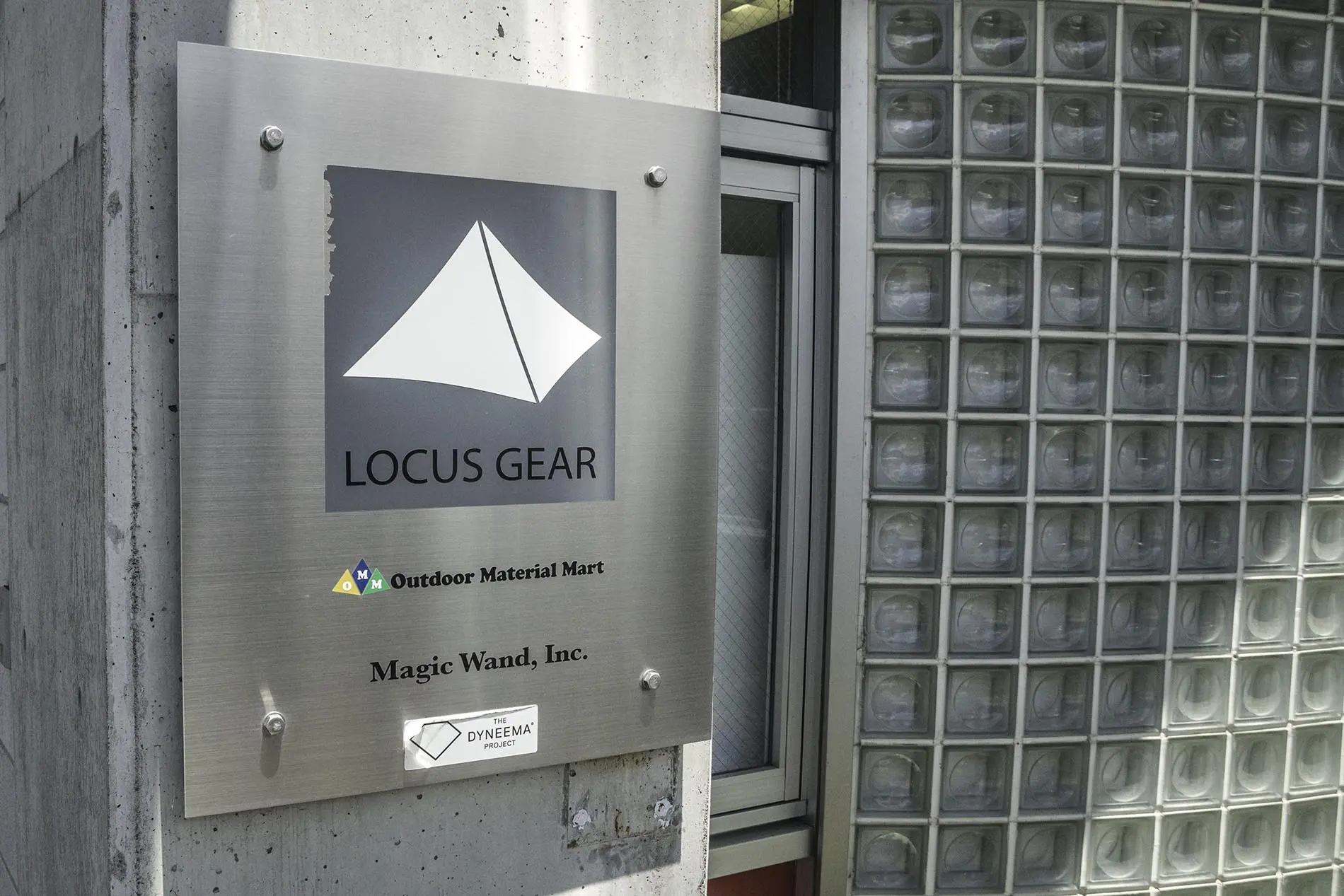
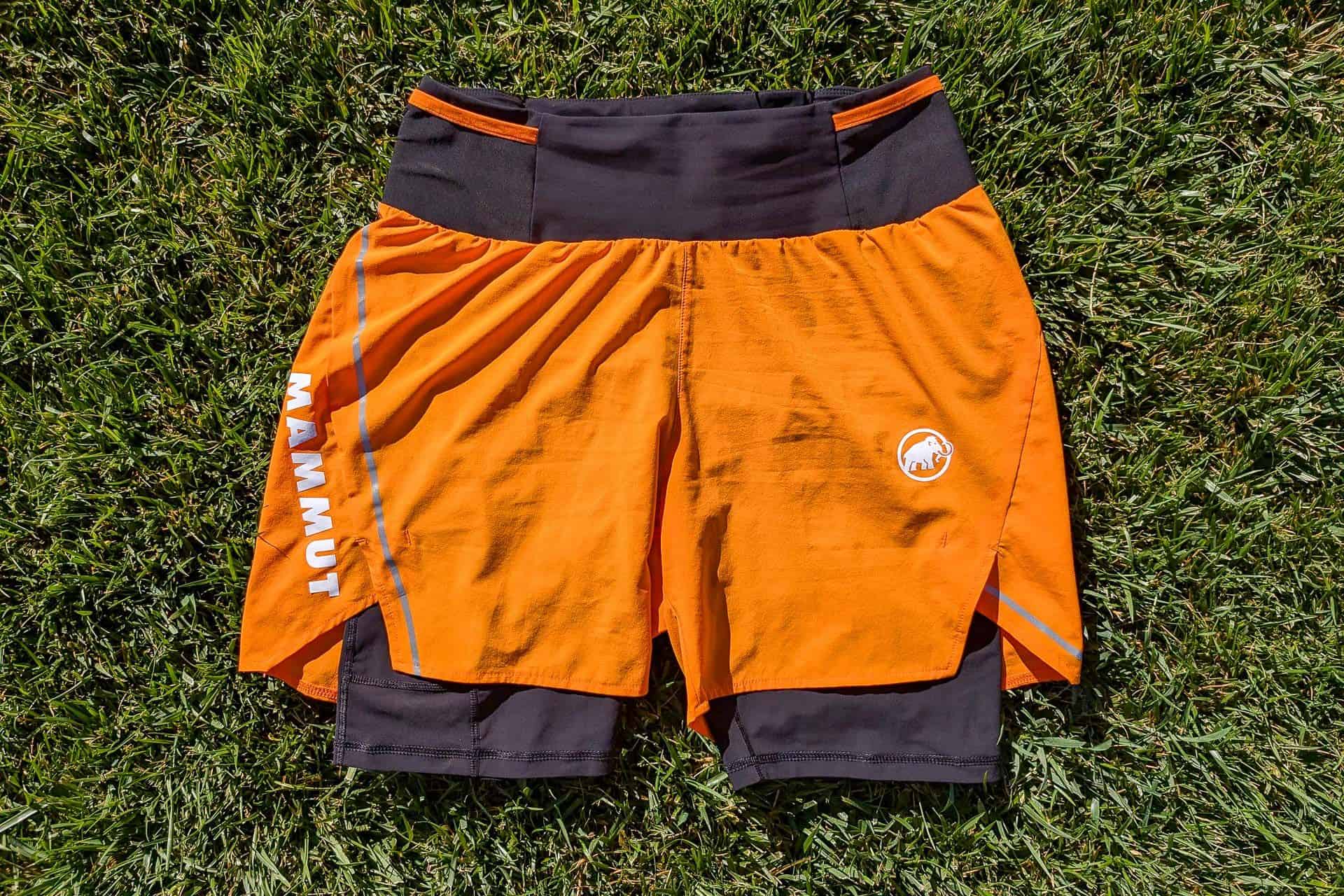

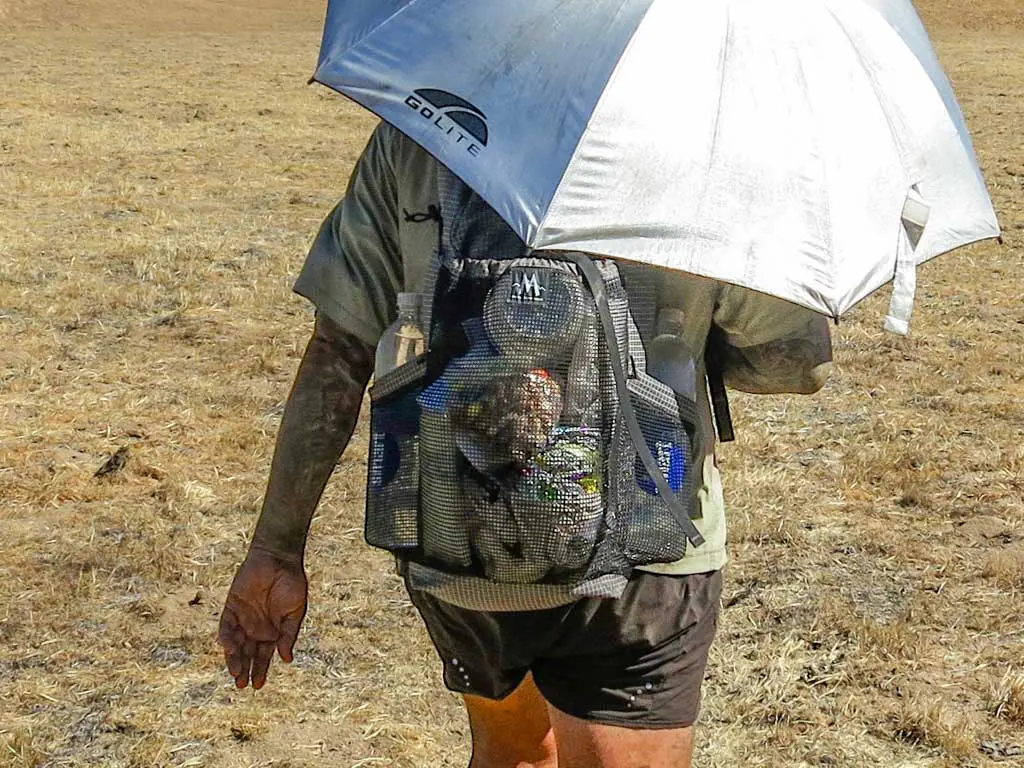
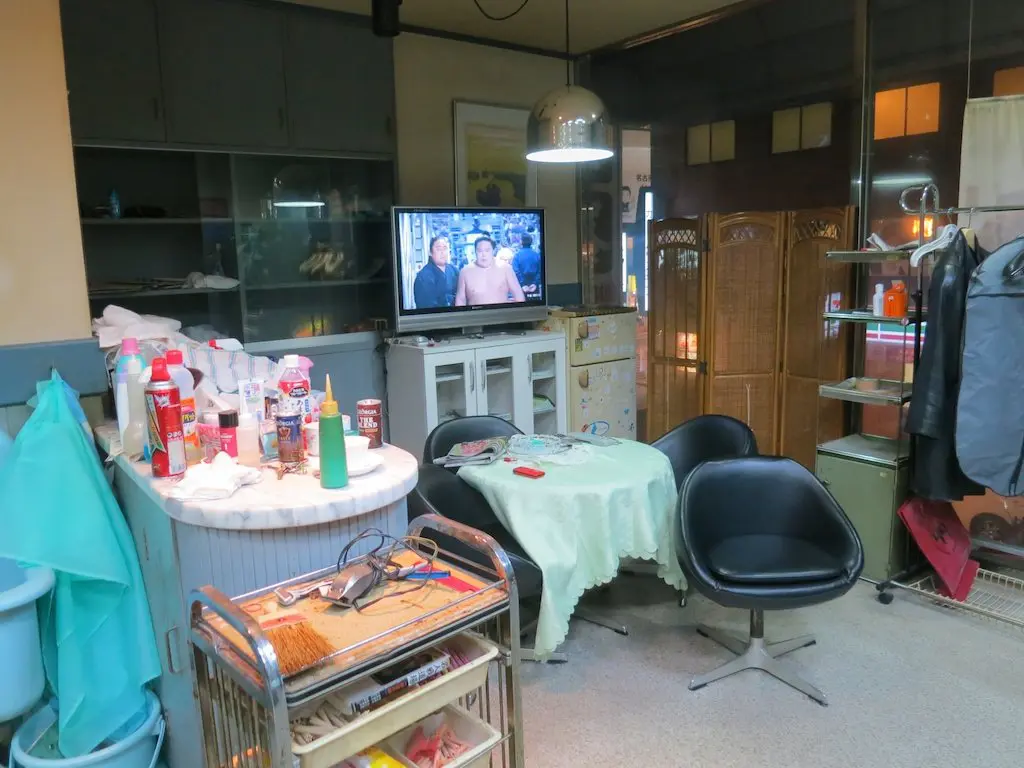
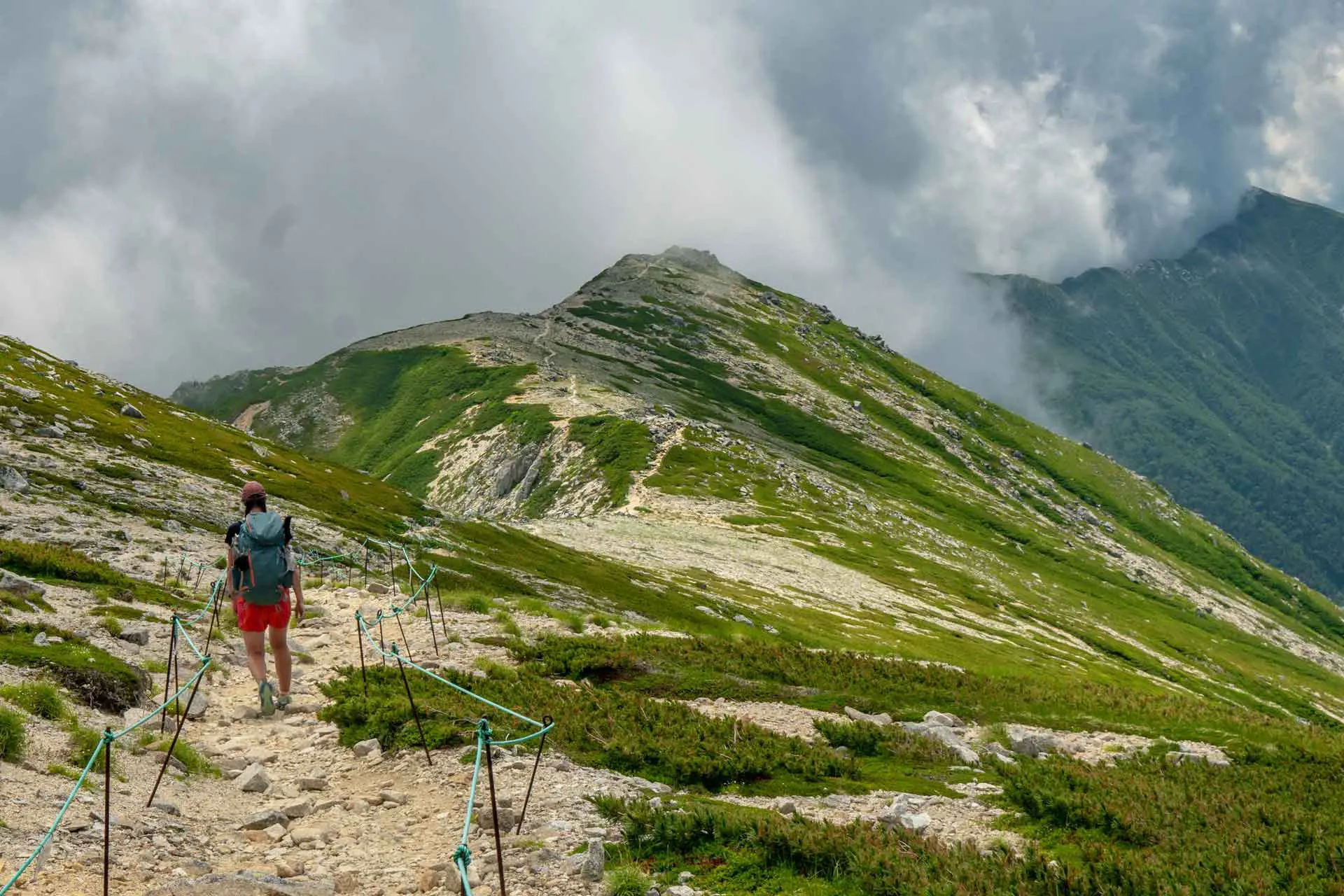

This is a great interview. He is so authentic about what he does, and he gets that the focus on customer service is key to everything. Good questions from you.
He was a super humble guy and had a legitimate interest in making awesome gear that people love.
That is a seriously cute/cool dog! Awesome to learn about another UL company, sounds like he makes great stuff.
I’m certainly a fan. I got the chance to test out the Djedi and it was a great tent.